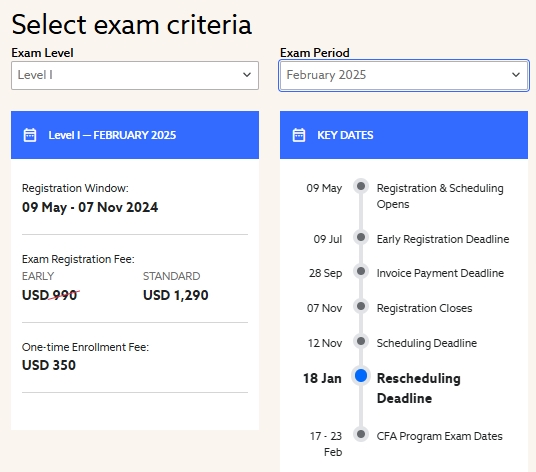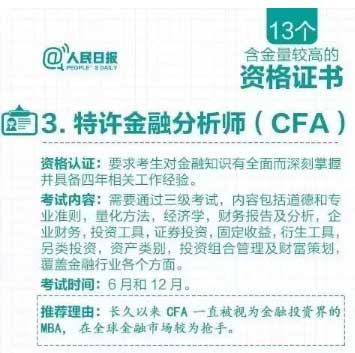1.知识背景
Notching本意为多级别的,作为动词,也可以表示为得分。作为CFA一级固定收益中的知识点,它出现在债券评级里面,常常作为一个单独的知识点考察大家。下面我们就来学习一下这个知识点吧。
2.相关知识点
Factors affecting rating:
For the rating agencies, likelihood of default—default risk—is theprimary factor in assigning their ratings. However, there are secondaryfactors as well.
These factors include the priority of payment in the event of adefault (e.g., secured versus senior unsecured versus subordinated) as well aspotential loss severity in the event of default.
Another factor considered by rating agencies is structuralsubordination, which can arise when a corporation with a holding companystructure has debt at both its parent holding company and operating subsidiaries.Debt at the operating subsidiaries will get serviced by the cash flow andassets of the subsidiaries before funds can be passed (“upstreamed”) to theholding company to service debt at that level.
Recognizing thesedifferent payment priorities, and thus the potential for higher (or lower) lossseverity in the event of default, the rating agencies have adopted a notchingprocess whereby their credit ratings on issues can be moved up or down fromthe issuer rating, which is usually the rating applied to its senior unsecured debt.
As a general rule, the higher the senior unsecured rating, the smallerthe notching adjustment will be. The reason behindthis is that the higher the rating, the lower the perceived risk of default, sothe need to “notch” the rating to capture the potential difference in lossseverity is greatly reduced.
For lower-rated credits, however, the risk ofdefault is greater and thus the potential difference in loss from a lower (orhigher) priority ranking is a bigger consideration in assessing an issue’scredit riskiness. Thus, the rating agencies will typically apply largerrating adjustments.
For example, S&P applies the following notching guidelines:
As default risk increases, the concern over what can be recovered takeson greater relevance and, therefore, greater rating significance. Accordingly,the LGD [Loss Given Default] aspect of ratings is given more weight as onemoves down the rating spectrum.
For example, subordinated debt canbe rated up to two notches below a noninvestment grade corporate creditrating,
but one notch at most if the corporate credit rating is investmentgrade.
In the same vein, issues of companies with an ‘AAA’ rating need not benotched at all.
3. 考题
1. Based on the practice of notching by the ratingagencies, a subordinated bond from a company with an issuer rating of BB wouldlikely carry what rating?
B+
BB
BBB–
A is correct.
The subordinated bondwould have its rating notched lower than the company’s BB rating, probably bytwo notches, reflecting the higher weight given to loss severity forbelow-investment-grade credits.
2. The process of moving credit ratings of differentissues up or down from the issuer rating in response to different paymentpriorities is best described as:
A. notching.
B. structural subordination.
C. cross-default provisions.
A is correct.
Notching is the processfor moving ratings up or down relative to the issuer rating when ratingagencies consider secondary factors, such as priority of claims in the event ofa default and the potential loss severity.
来自:金程CFA




 学习资料
学习资料
 发布时间:2014-12-21
发布时间:2014-12-21


 复制本文链接
复制本文链接 模拟题库
模拟题库

 221267
221267


























